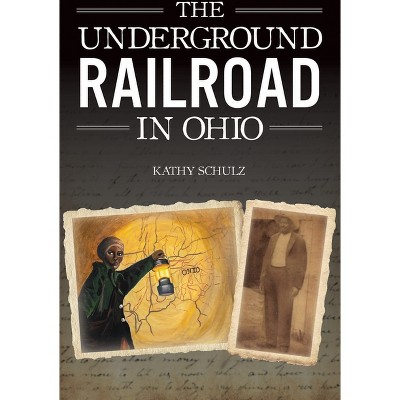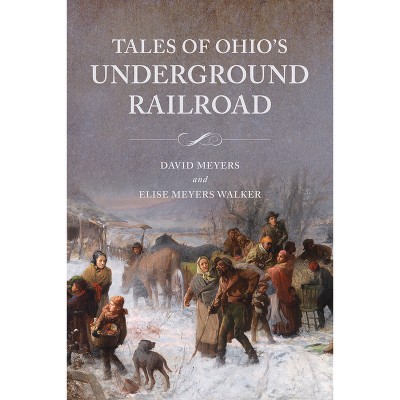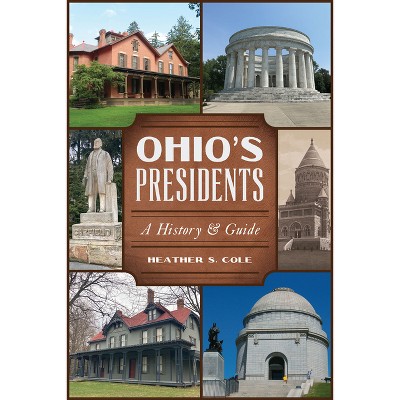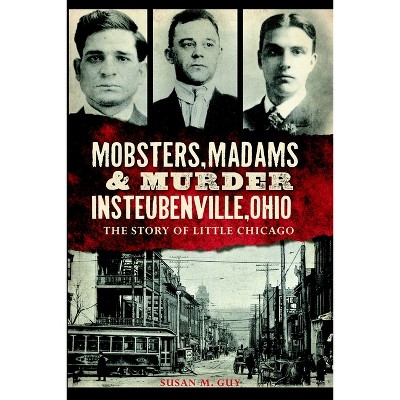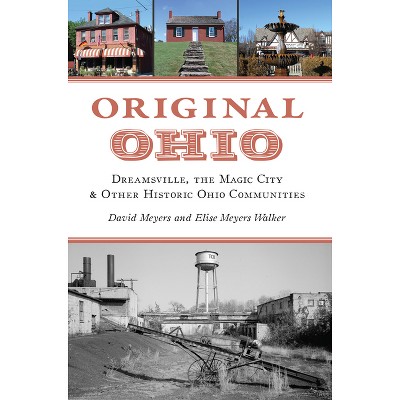Sponsored

The Great Railroad Strike in Ohio - by Mark Strecker (Paperback)
Pre-order
Sponsored
About this item
Highlights
- A work stoppage on the rails led to a fascinating moment in Ohio history.As the Great Railroad Strike of 1877 made its way into Ohio, the state already had its share of problems.
- About the Author: Award-winning author Mark Strecker has wanted to be a writer since he first learned to read.
- 128 Pages
- History, United States
Description
Book Synopsis
A work stoppage on the rails led to a fascinating moment in Ohio history.
As the Great Railroad Strike of 1877 made its way into Ohio, the state already had its share of problems. Tramps, men who'd taken to the road looking for work because of the economic depression of the 1870s, seemed to be overrunning the state. Railroads, one of Ohio's biggest employers, cut jobs. Those not fired suffered from repeated cuts in wages and hours, making their already unsafe work conditions worse.
Strikes in neighboring states, instigated by another 10 percent wage cut on the Baltimore & Ohio Railroad, became violent and destructive. When they broke out in Ohio, something remarkable happened. Strikers remained mostly peaceful, avoiding the killing, looting, and vandalism seen elsewhere. Much of the credit for the path taken by Ohio must go to its level-headed governor, Thomas L. Young, who used the Ohio National Guard to great effect.
Review Quotes
The Buckeye State's Response to the First Great Rail Strike in American History
About the Author
Award-winning author Mark Strecker has wanted to be a writer since he first learned to read. He graduated from Bowling Green State University with a bachelor of arts degree in history in 1994 and a master's degree in library science from Clarion University in 2008, earning the latter to give him the skills needed to write well-researched narrative history. As a lifelong resident of Ohio, his greatest passions are learning about history (no surprise there), traveling, reading, and collecting comic books.
Shipping details
Return details
Frequently bought together

Trending Non-Fiction











